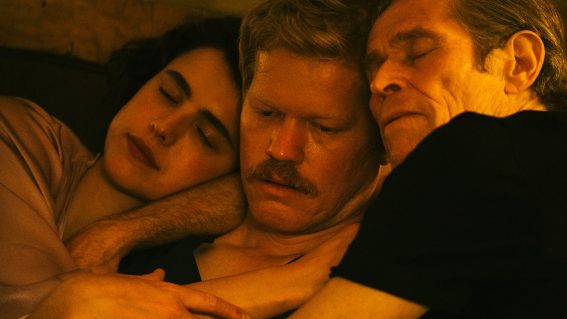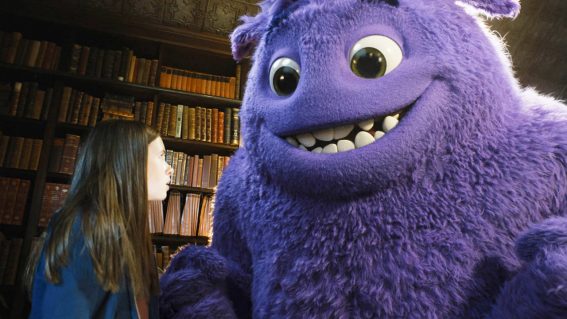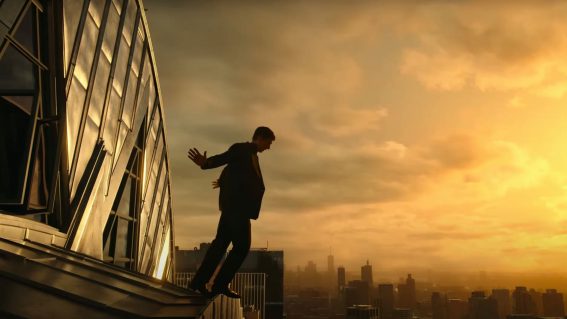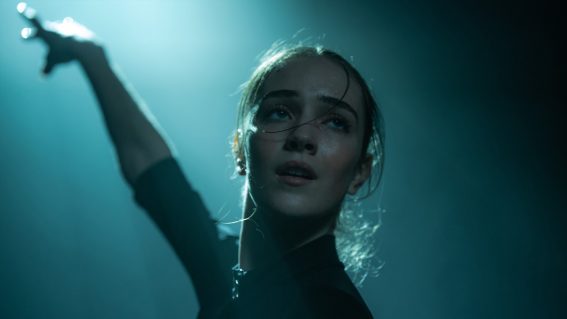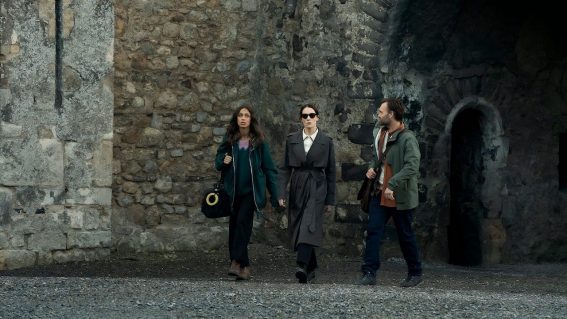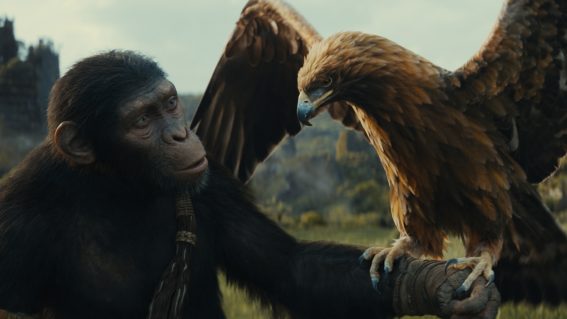The hallucinatory Enys Men channels British folk horror of the 1970s
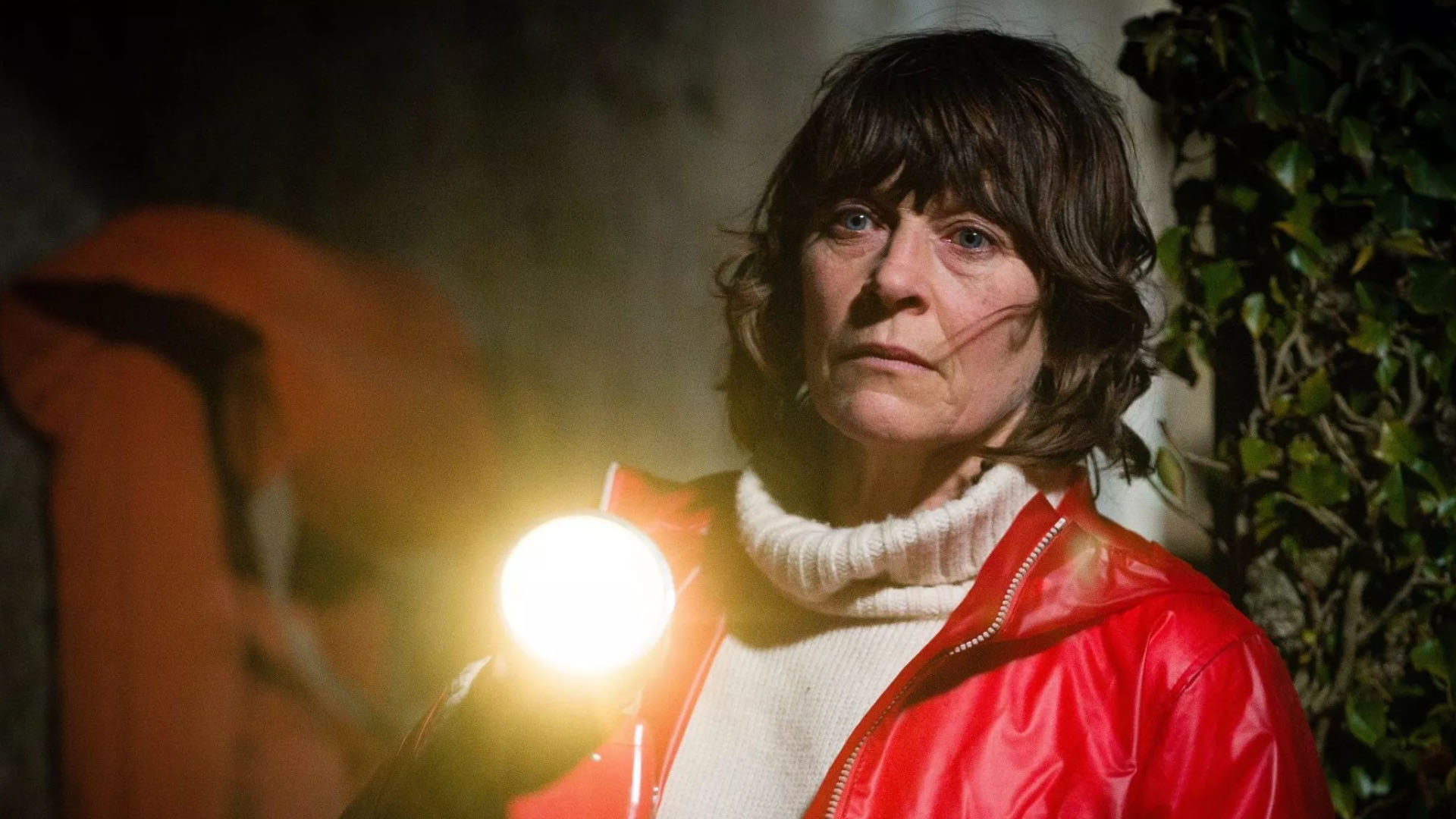
On an uninhabited island off the Cornish coast in the 1970s, a wildlife volunteer’s daily routine turns into a metaphysical journey in the new film by BAFTA-winning Bait director Mark Jenkin. Breathtakingly beautiful to look at, Enys Men offers a sharp contrast to the largely digital filmmaking we see in cinemas today, writes Lillian Crawford.
Enys Men feels like a cinematic artefact. Shot on 16mm stock, it could well be a lost film that has spent the past few decades gathering dust in some forgotten corner of a BFI archive storeroom. So too did Bait, director Mark Jenkin’s first feature film in 2019, his crackling black-and-white meditation on the changing tides affecting Cornish fishing villages. The effect in both cases is to play with time and space so that we can’t be certain of when or where Jenkin is making his quiet artworks. As a result, one can easily get lost inside.
That’s by no means a criticism. There’s an hallucinatory quality to Enys Men which comes from its stark divorce from civilisation and the conventions of contemporary cinema. The film follows an unnamed botanist played by Mary Woodvine as she goes about a set routine each day. While she keeps tallies in her notebook of every manoeuvre, we soon lose track of how many times we have been through the cycle with her: powering up a weather-beaten generator, dropping stones down a mineshaft, and examining a lichen that develops on a bunch of white flowers.
Horror can fester in the simplest of settings. Sometimes there is nothing more unnerving than a routine gone slightly awry. Enys Men calls to mind Chantal Akerman’s 1975 masterpiece Jeanne Dielman, 23 quai du Commerce, 1080 Bruxelles in this respect, of a woman steadily moving towards some great calamity stretched through agonising slowness. Like Akerman, Jenkin holds the camera in free space, aligned with the woman’s perspective but never to the extent that we can truly know what she is thinking. Woodvine’s silent performance always keeps us at a frosty, tantalising remove.
When she does speak, the words sit jarringly out of sync with the image in a similar method of detachment used in Bait. The effect is startling, and is suggestive of an eerie spiritual presence we can never quite place throughout the film. Even as figures appear in ghostly stillness, it is impossible to ever feel certain of what is really present in the woman’s world, and what exists solely within her mind. In doing so, Enys Men aligns itself with the British folk horror tradition of the 1970s, with wistful singing dancing lightly on the breeze as if around a maypole.
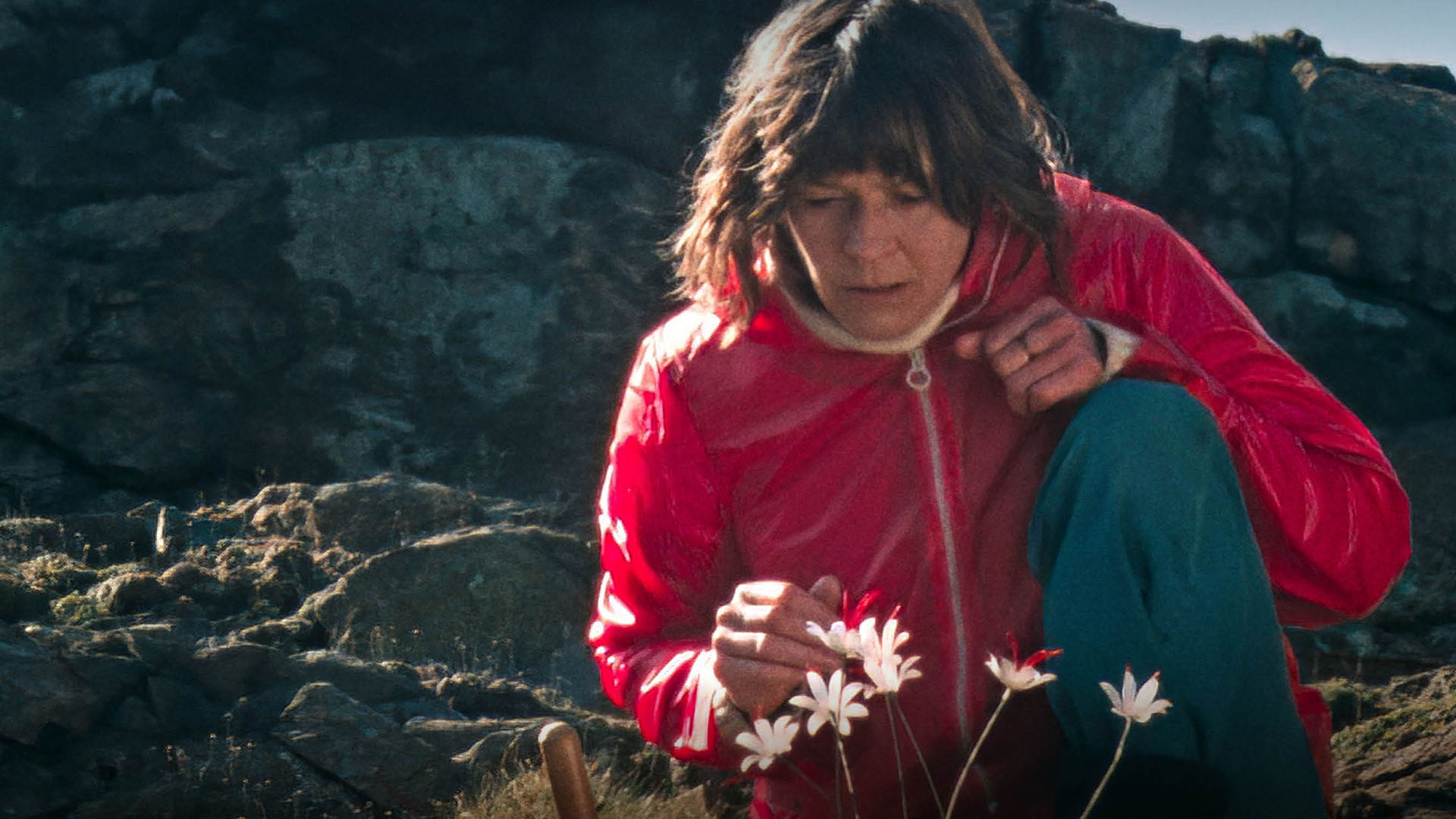
The filmic style also brings to mind the early Super8 films of British filmmakers such as Derek Jarman, who used the weathered look of celluloid to create similarly mythic spaces of a bygone, yet chillingly present, pagan Britain. The result is breathtakingly beautiful to look at, rendered in eye-popping colour, as such a sharp contrast to the largely digital filmmaking we see in cinemas today. It is also refreshing to see the Cornish coast displayed front and centre in all its majesty, whilst maintaining the sense of gloomy isolation one can often feel in the most barren parts of the British Isles. Enys Men is, first and foremost, a Cornish film.
Where the individual mind might go on this journey into the fabric of Cornwall’s past cannot be predicted. But just as the lichen on the flowers begins to develop on the woman’s own skin in a twist akin to body horror, there are marks of geographic trauma on the land she traverses. We hear the miners down the shaft, splashing in the water, and the figures of the dead appear in front of our own eyes. It is a reminder that the past and present are never so easily distinguished, and of film’s unique ability to throw our comforting status quo out of joint.





